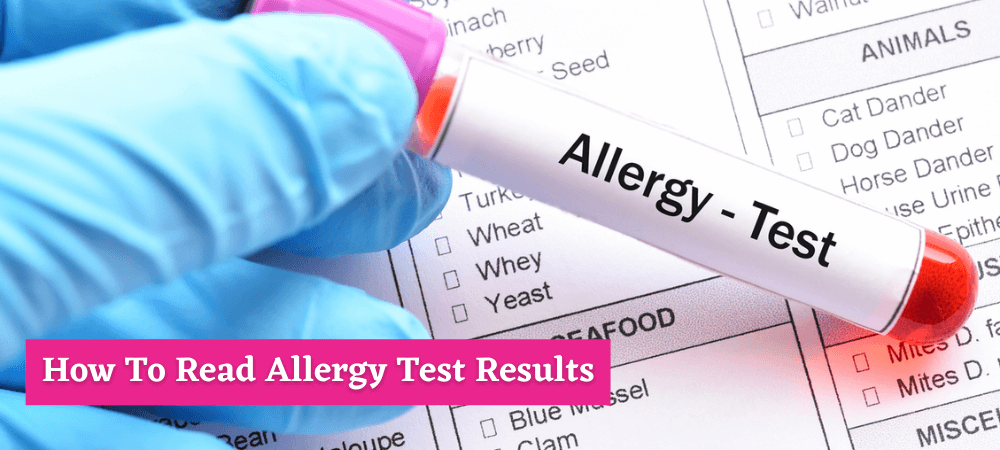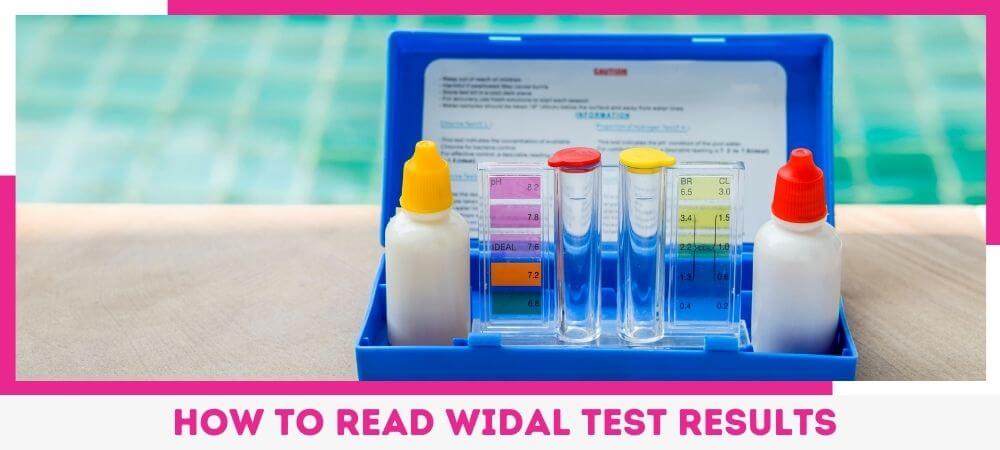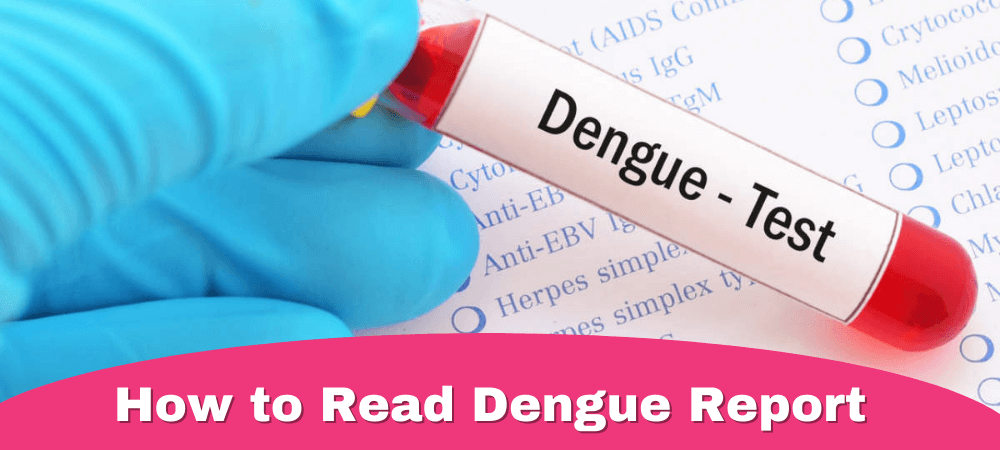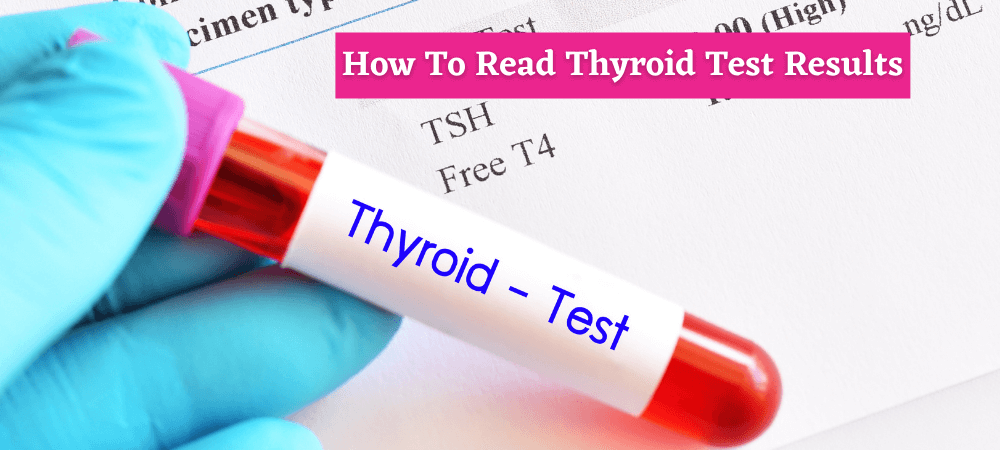Reading allergy blood test results is not easy for people from non-medical backgrounds. An allergy test report varies from lab to lab. However, the one common thing is all the labs measure immunoglobulin E (IgE) antibodies in your blood. The test report includes either one row defining a specific value or a listing of the two-three page, out of which a few columns are filled.
How To Read Allergy Test Results
Grace labs understand allergy patch test results, and through this article, you will be able to grasp the context of your test report.
Types Of Test Allergy Test Results
There are five different types of allergy test results, out of which only the Blood (IgE) test gives you a report on immunoglobulin E (IgE) antibodies in your blood.
- Skin prick test
- Intradermal skin test
- Patch test
- Blood (IgE) test
- Challenge test
What Is Immunoglobulin?
An immunoglobulin is produced in the immune system by plasma cells to fight and destroy harmful substances like viruses and bacteria.
However, sometimes it works in a reverse effect, which is why you get an allergy.
When Do You Need A Blood Report?
Allergies levels differ; sometimes, they get away with a suitable pill in an hour or two. But, if your immune system starts getting weakened immensely, then a doctor will recommend you to do a blood test to check the amount of immunoglobulin (IgE) in your blood.
Below are the common allergies that require a blood test report,
- Stuffy nose
- Constant sneezing
- Itchy or watery eyes
- Hives
- Diarrhea
- Breathing problems
- Continuously coughing
How To Read Allergy Test Results
An allergic blood test report will either have one page or two three pages.
A report with a single page is very concise; it only includes the specifics. Sometimes a report comes with multiple rows and columns, out of which few are filled.
You have to look for this term:
kU/l (Kilounits per litre)
kU/L
It’s a unit that defines the level of immunoglobulin (IgE) in blood. To determine how good or bad your condition is, the defined kU/L range helps you decide what level of treatment is necessary for you.
Prefer the below table to check the level of your immunoglobulin (IgE) in blood.
| Range of kU/L | Level |
| Less than 0.35 | No allergy levels detected |
| 0.35 to 0.70 | Low |
| 0.71 to 3.50 | Moderate |
| 3.51 to 17 | High |
| 17 – 49 | Very high |
| 50 – 100 > | Extreme |





